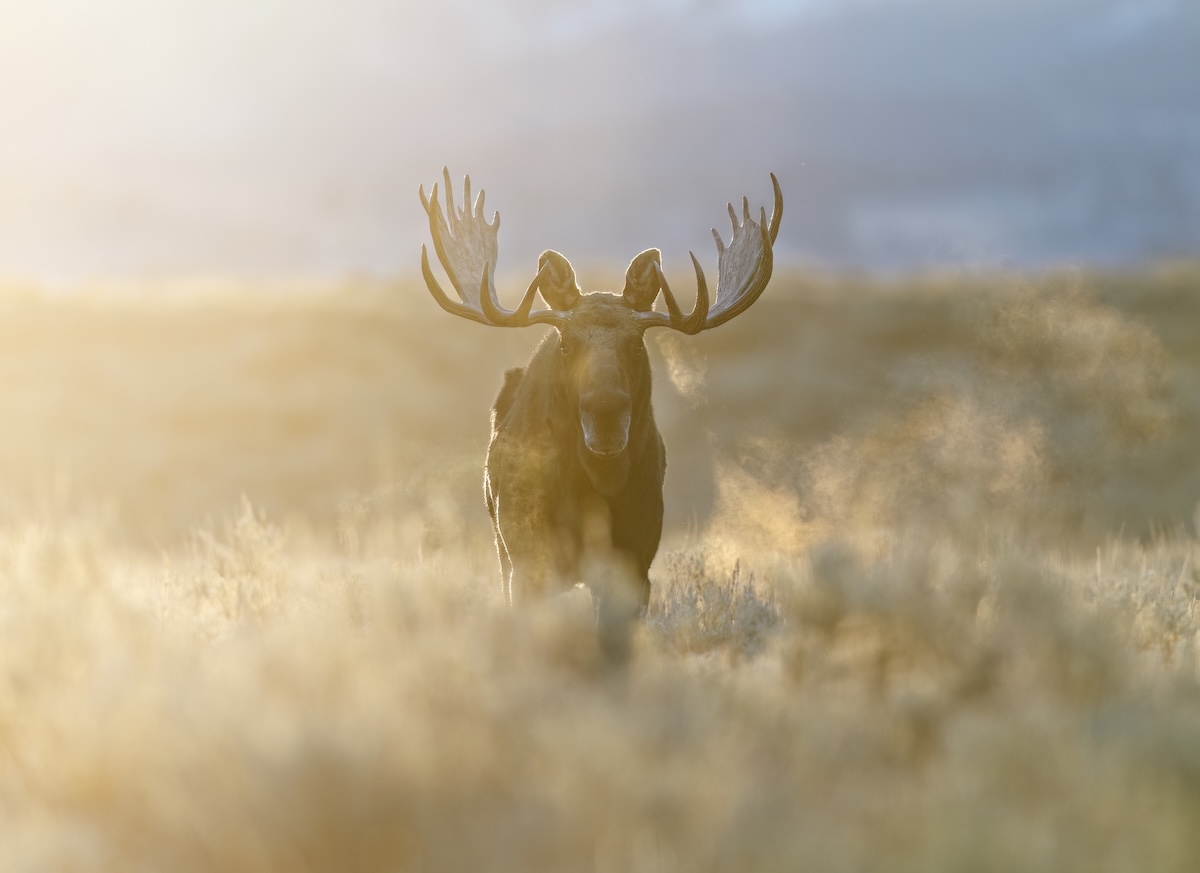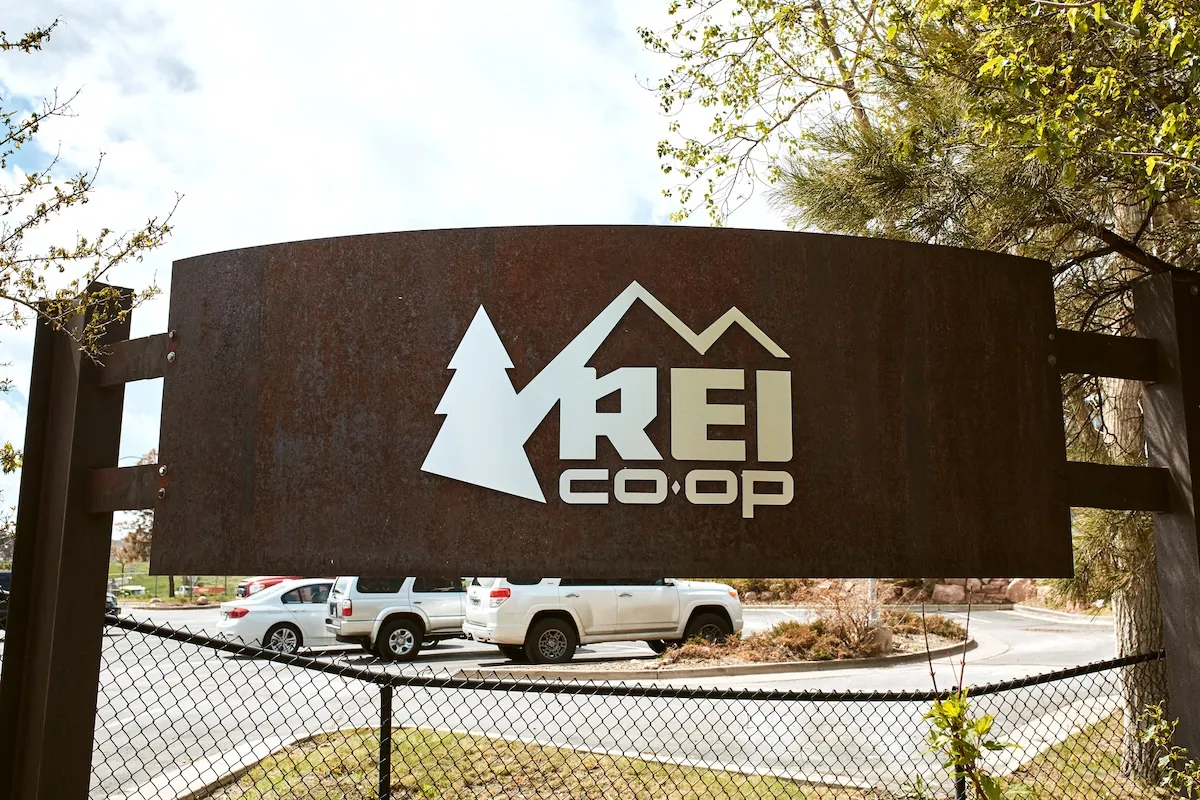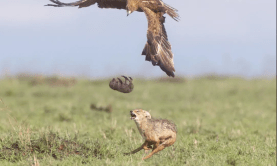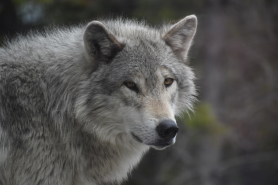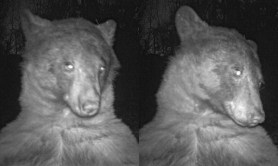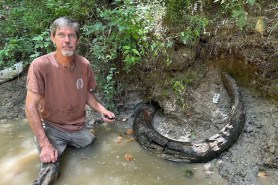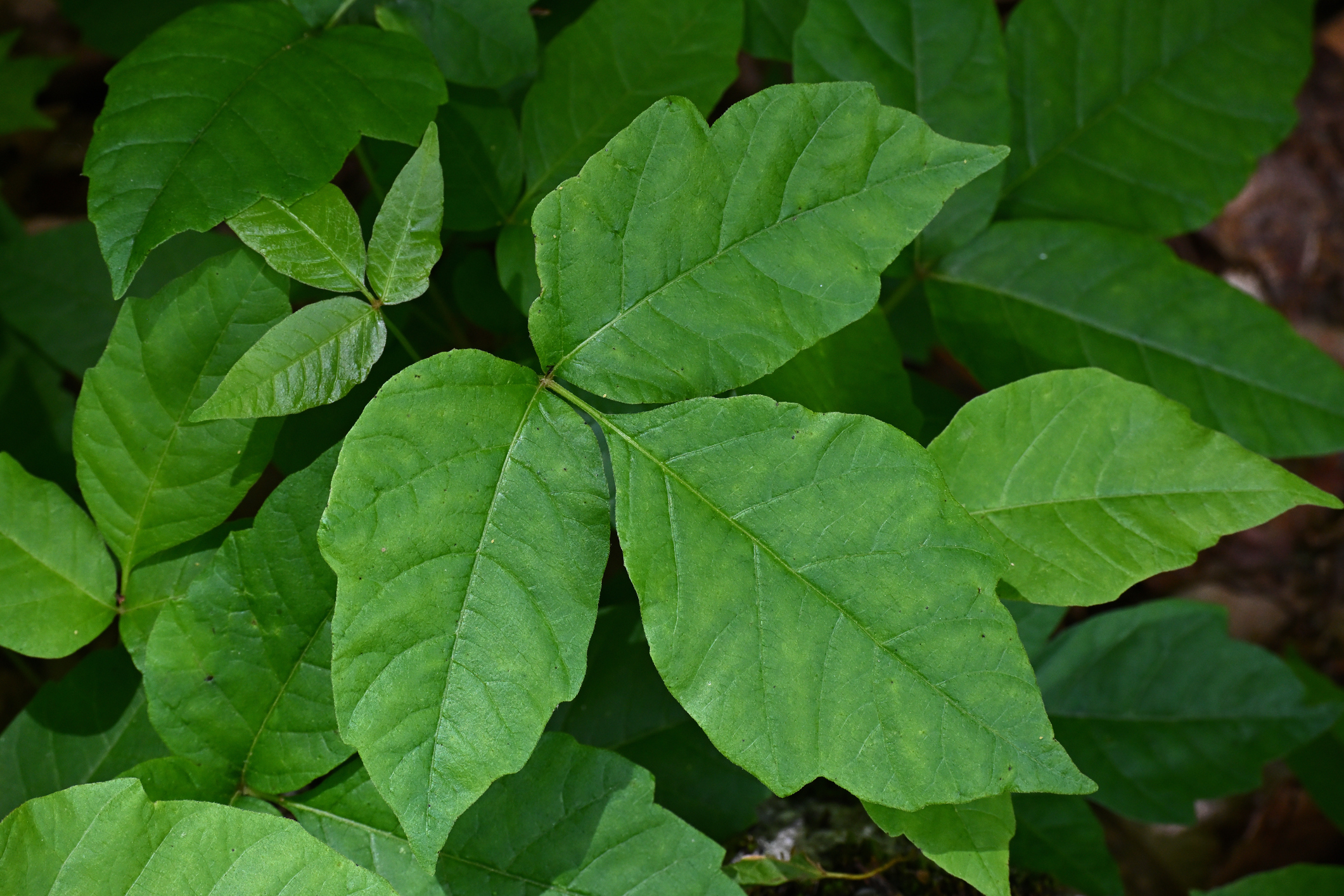

North America is home to tens of thousands of different kinds of plants. Knowing what some of them are can make a difference. Especially when it comes to avoiding poison ivy and other harmful plants.
Videos by Outdoors
So how well do you know your plants? A recent plant quiz online is asking about two common plants in the Southeast.
The North Carolina Wildlife Federation (NCWF) recently posted a video of two plants sitting side-by-side, asking their audience to identify both. In the post, the NCWF says that one will give you a rash. If you’ve ever heard the saying, “leaves of three, let it be,” you have a head start on the answer.
Here’s the clip:
And here’s the answer:
Identifying Poison Ivy
The plant on the right is poison ivy. The plant is best known for the allergic reaction caused by an oily resin known as urushiol. The oil covers the leaves, stems, and roots of the plant, as well as poison oak and poison sumac. Touching it results in an itchy rash that can last one to three weeks.
The Mayo Clinic says if you come in contact with poison ivy, you should “wash your skin right away. Washing off the oil may reduce your chances of getting a rash.”
The best way to avoid poison ivy is to get a good look at it in this video. The three-pointed leaves on one stem are a good sign that it may be poison ivy. Being able to identify the plant will help you avoid it altogether.
Other tips for hiking and camping include:
- Staying on a clear path.
- Wearing long socks or pants.
- Pitching your tent in an area free of plants.
- Keep pets from running through plants. Their fur can carry the oil.
So what is the other plant in the NCWF video?
It’s Virginia creeper. The plant is often mistaken for poison ivy. And while it can still cause a rash, getting a rash is fairly rare. The main difference between the two plants is that Virginia creeper usually has five leaflets on a stem.
